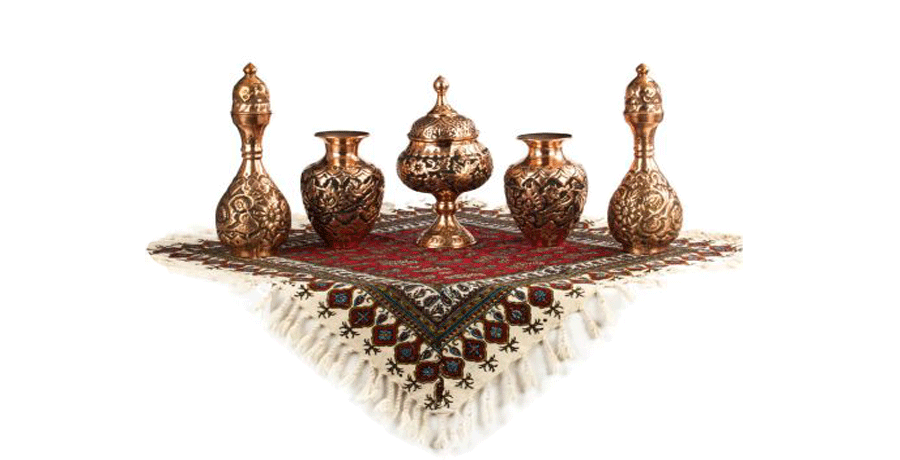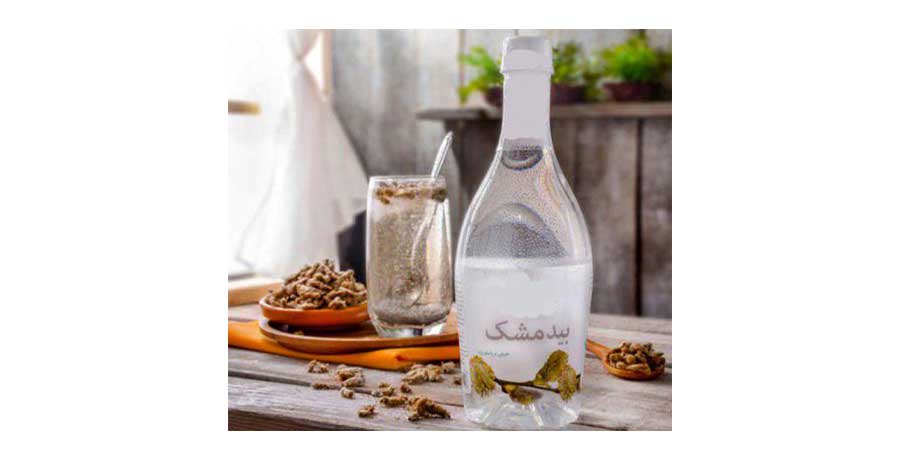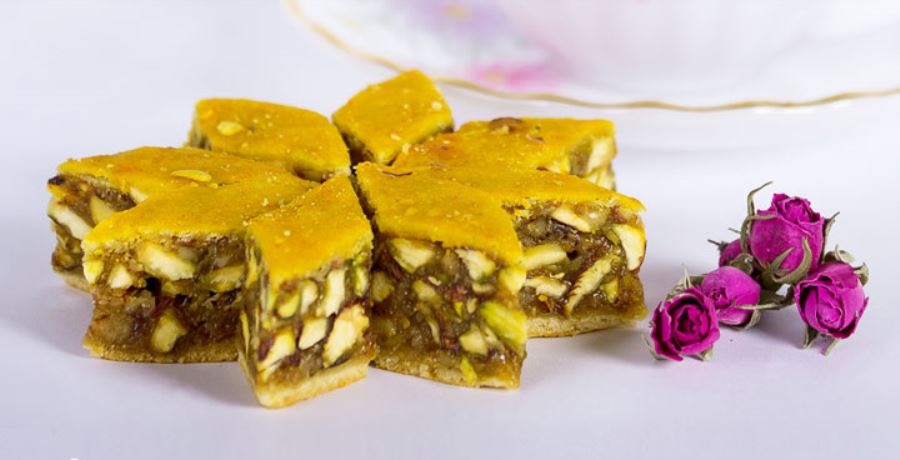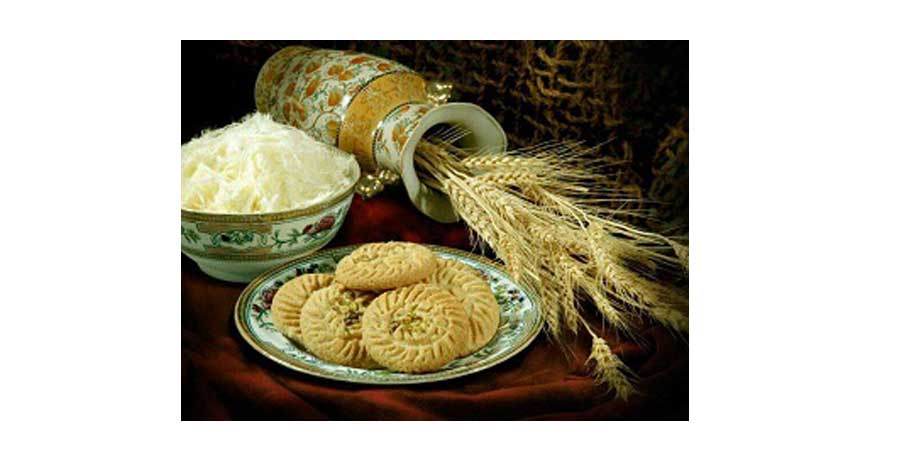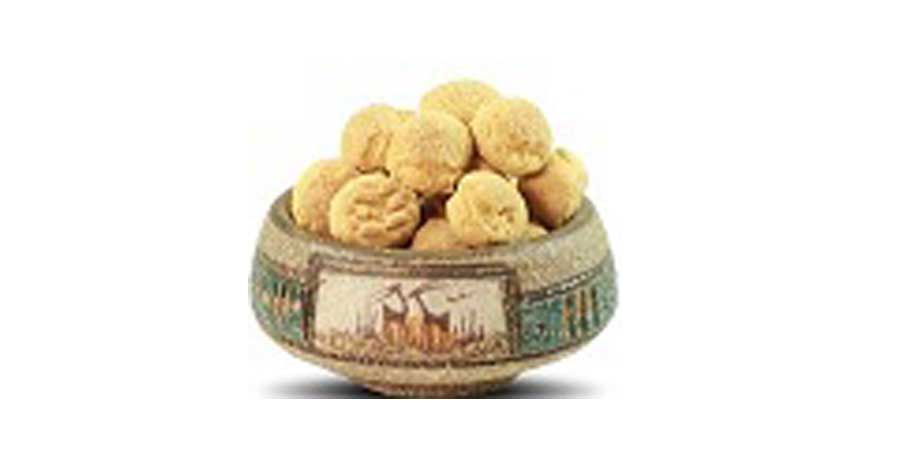Hand weaving art of Kashan city
One of the features of desert cities like Kashan is weaving and spinning. Kashan has been famous for producing carpets, Jajim, and Shoar Bafi from the past until now.
Kashan Souvenirs
All kinds of expensive silk fabrics, Golabatoon textiles, velvet, atlas embroidery, and Zari weaving have all gained fame by the artisans of Kashan city and are exported to different countries around the world.
History of Kashan Carpets
The history of weaving the oldest Kashan carpets dates back to the 11th Hijri century, which flourished in the Safavid era.
During the Safavid period, Kashan was the center for weaving royal carpets, Zari weaving, velvet, silk weaving, and silver weaving, which were considered as precious carpets. These carpets are now kept in large museums and private collections.
It’s interesting to know that Marco Polo, Chevalier Chardin, and some other individuals who had traveled to Iran have mentioned the precious carpets and fabrics of Kashan, as well as Kashan pottery and tiles, in their travelogues.
Machine-made Carpets of Kashan
The first factory for machine-made carpets in Kashan was built in the Persian year 1351. Machine-made carpets were introduced to the market with a faster production speed and a lower price compared to hand-made carpets.
The hub of machine-made carpets in Kashan is around Aran and Bidgol and Meshed Ardehal.

Jajim Weaving of Kashan:
The Jajim industry, a type of intellectual and very traditional art, is considered.
Jajim is a type of rug that is not woolly, and its difference with Kilim is that Kilim is accompanied by wool and is softer than Jajim.
Depending on its woolly threads, Jajim is warming in the cold season and cooling in the warm season.
The most important raw material for weaving Jajim is colored wool yarns. Unlike Kilim and carpets, Jajim threads are made of long wool yarns.
A point worth noting about the difference between Jajim, carpet, and Kilim is that the loom of the Jajim is placed horizontally on the ground and is woven individually.
The Jajim weaving device uses woods that the weaver prepares according to the design and pattern he has in mind, or based on taste or the patterns left by his ancestors.
Today, the uses of Jajim have increased, and it is used as a backrest, rug, spread, sofa cover, carpet cover, mat, and bag weaving.

Shoar Bafi of Kashan:
Shoar Bafi are types of light and silken fabrics that are woven in Kashan, Yazd, and Isfahan.
Shoar refers to human or animal hair, and in the weaving terminology, Shoar is a type of fabric that is woven with hair or silk on a four-heddle loom.
Shoar Bafi does not have a specific design or pattern and is usually woven in a simple and striped style.
It has been said in the narrations that working with the Shoar Bafi machine was very difficult. A skillful weaver of that time named Haj Habibollah Khadem added a part called “Chik” to the Shoar Bafi machine, which made weaving easier. He passed away in Kashan in 1392.

By reading the contents of our blog page, learn about other attractions of .Kashan city souvenirs and visit Khatoon Farm store



